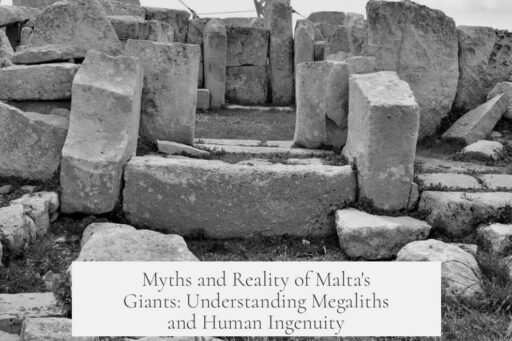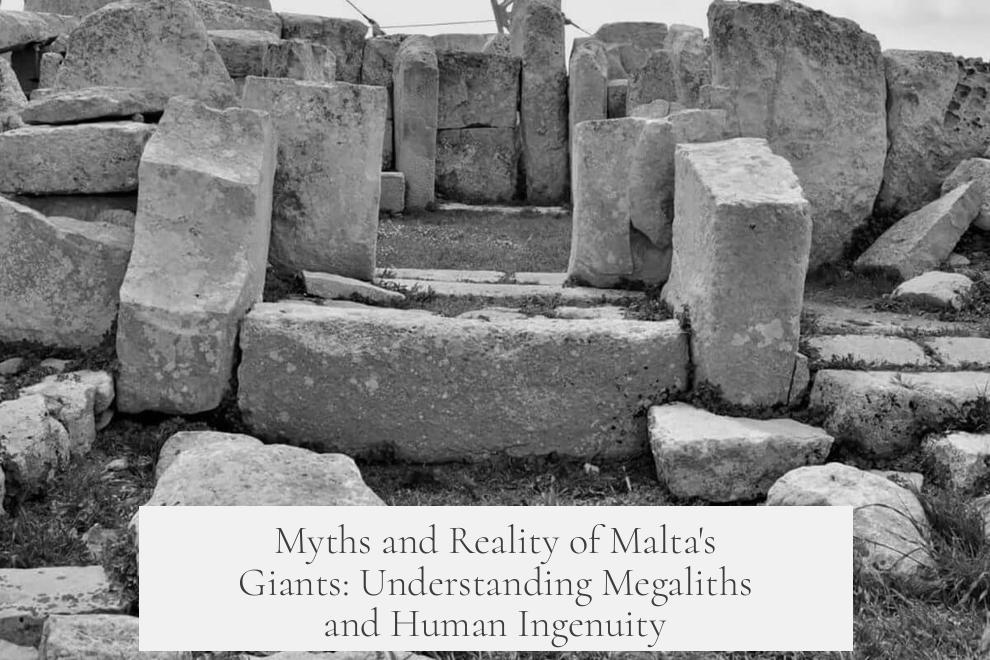Giants of Malta do not exist in historical or archaeological fact; they belong to folklore rather than reality. Despite some claims, no scientific or archaeological evidence supports the idea that a race of giants ever lived on the Maltese islands. Malta’s famous Neolithic temple complexes, often linked to giants in myth, have been extensively studied by archaeologists. Findings consistently show these structures were built by Neolithic and Bronze Age humans, not mythical giant beings.
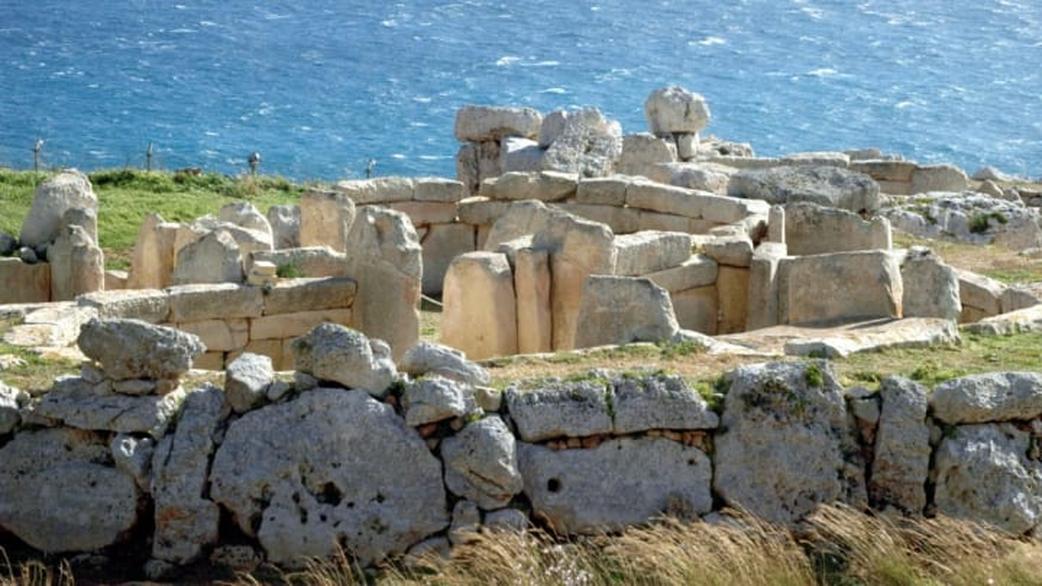
The belief in giants often arises from attempts to explain the massive size of Malta’s ancient stone temples. These megalithic structures, some dating back over 5,000 years, feature huge limestone blocks carefully arranged without modern tools. Folklore assigns their construction to giants, reflecting the awe inspired by such impressive monuments. However, these stories remain cultural myths without physical proof.
Scientific investigations have uncovered no skeletons or artifacts belonging to an actual giant species. Instead, archaeology provides clear evidence of human activity, domestic life, and tool use consistent with ordinary-sized people. Cases of gigantism—a medical condition causing individuals to grow unusually tall—do not equate to a separate giant race. No traces of such a population exist in Malta’s archaeological record.
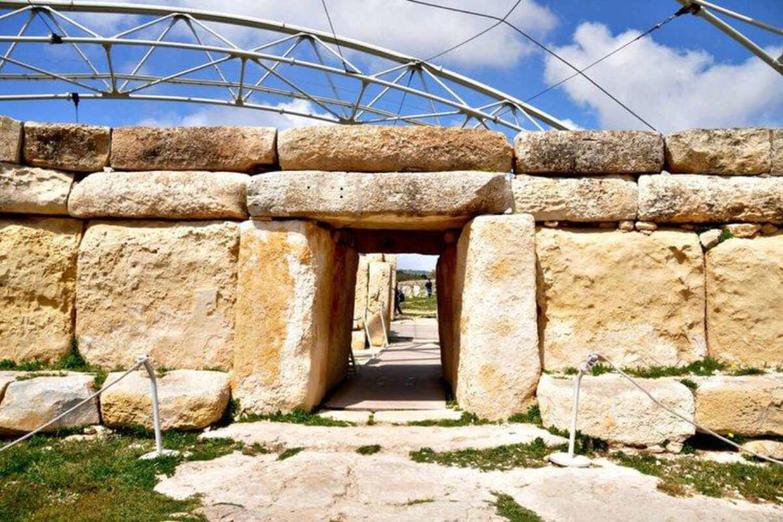
The role of giants extends beyond Malta into broader European folklore. For example, giants appear as literary or symbolic figures in medieval Scandinavian mythology and 9th-century English poetry, sometimes representing vast powers or empires. These mythic giants serve storytelling and cultural functions rather than historical documentation.
For those interested in Malta’s heritage, scholarly resources focus on the megalithic architecture and the societies that built these remarkable temples. These studies dispel myths and place Malta’s prehistoric culture in a factual context.

- Extensive archaeological research shows no evidence of giants in Malta.
- Megalithic temples were built by Neolithic humans, not mythical beings.
- Giants in Maltese culture exist mainly in folklore and myth.
- Gigantism cases differ from a distinct race of giants.
- Giants appear symbolically in wider European myths and literature.
How About Them Giants of Malta? Busting Myths and Megaliths
So, do giants really stomped around Malta back in the day? The short answer: no, not really. But before you put away your giant-hunting binoculars, let’s dig deep—without unearthing some mythical giant bone. Malta’s stories about giants are captivating. They stir imaginations. Yet, if you peek behind the curtain, reality tells a different tale.

You might have heard that giants built Malta’s famous Neolithic temple complexes, architectural wonders older than the pyramids. It sounds epic, right? Gigantic beings hoisting monstrous stones? But is there proof?
No Archaeological Evidence. No Giants.
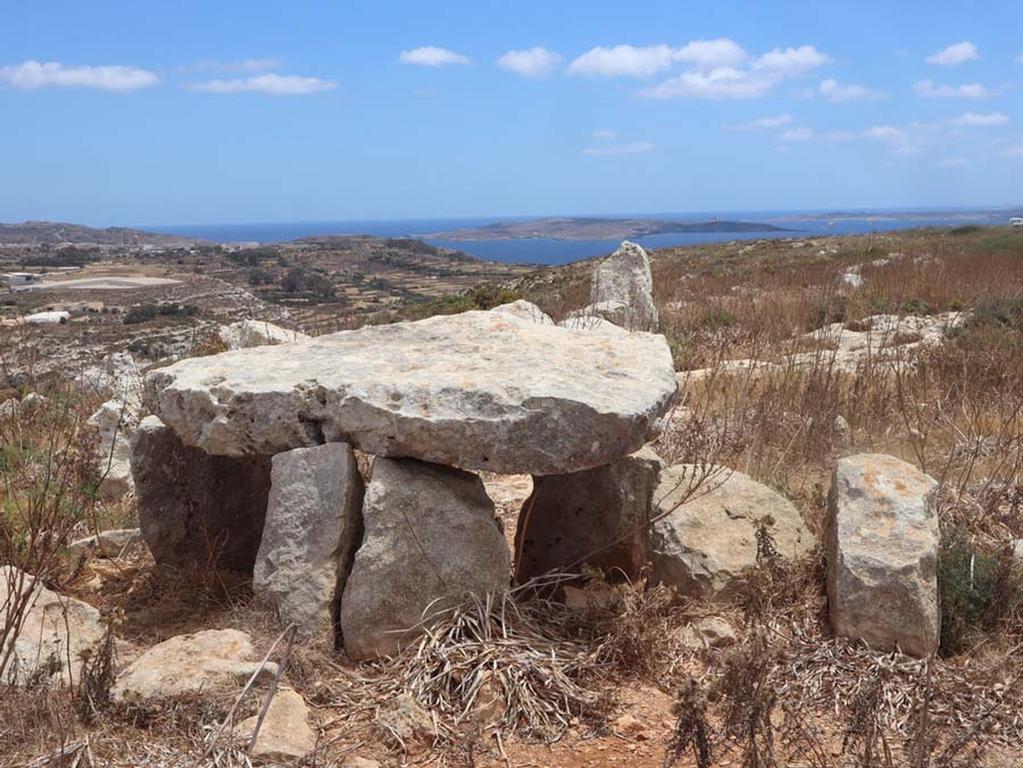
Here’s where things get grounded, literally. Archaeologists have been meticulously examining Malta’s megalithic temples for decades. Their tools range from trowels to high-tech imaging—not giant-sized hammers. Despite thorough digs and research, not a single shred of evidence supports the idea of a giant race constructing these temples.
Instead, what they find are traces of Neolithic and Bronze Age humans. These people were clever engineers and skilled laborers, but human-sized. Their communities managed complex construction projects with the tools and brains available to them. Fascinatingly, this disproves the need for deus ex machina giants to explain the majestic stonework.
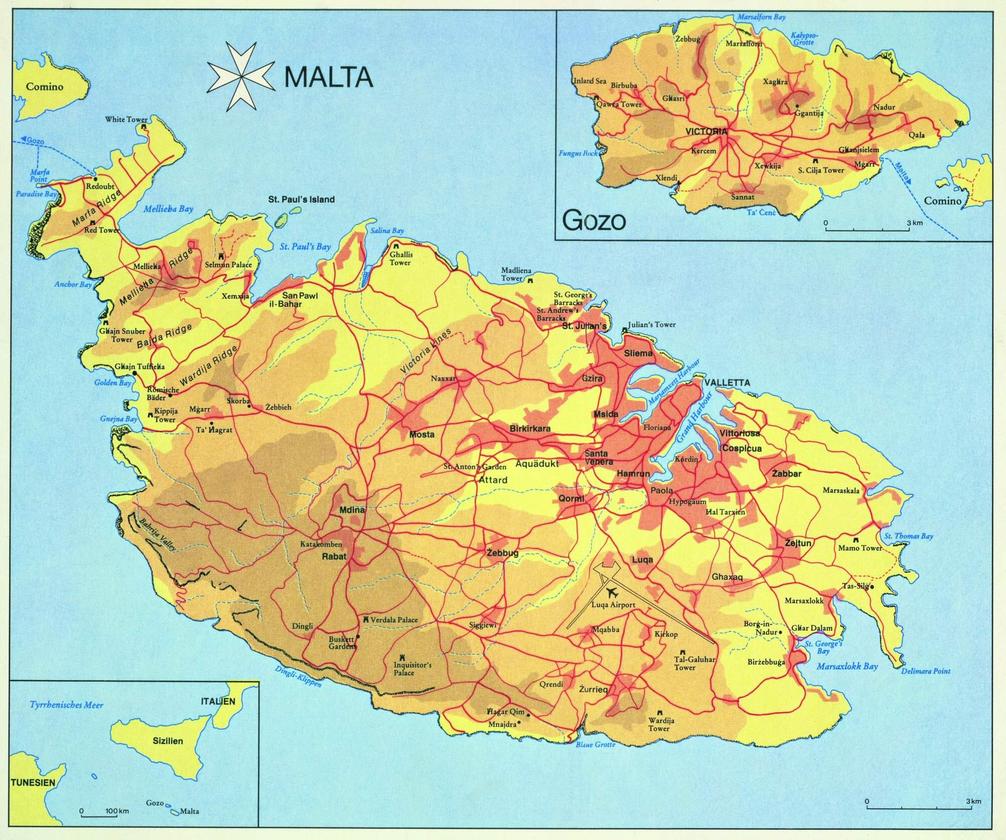
Why Giants Persist in the Stories
Giants don’t vanish from culture easily. They linger in legends and folklore all over the world, Malta included. These tales likely served as creative explanations for something awe-inspiring and impressive—like massive temples. Humans have a habit of filling knowledge gaps with imaginative stories. Sounds familiar? That’s how myths work.
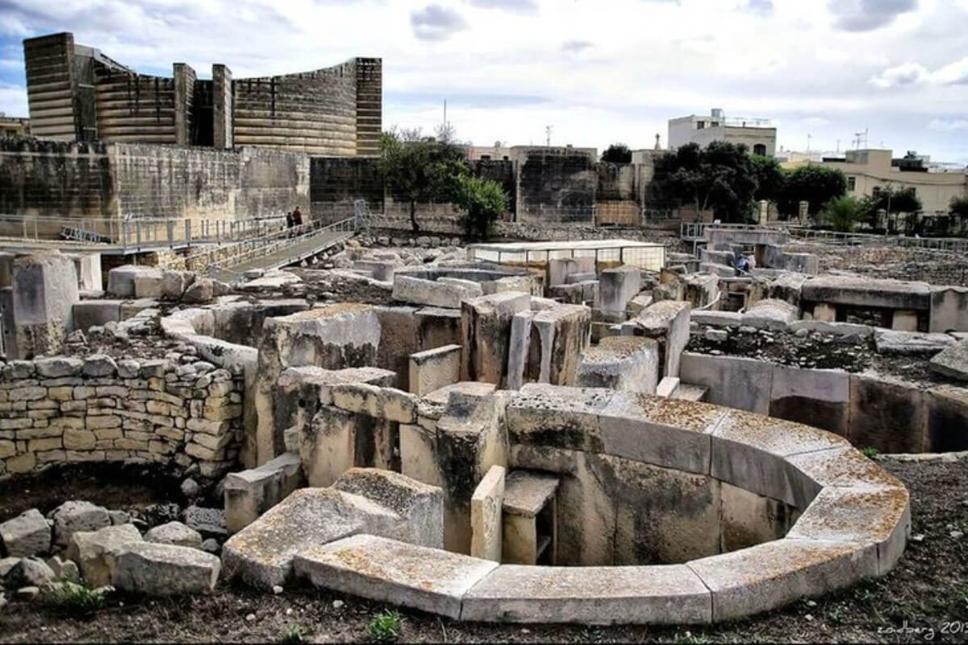
In Malta, the “giants” act as symbolic figures rather than real historical beings. Schools and historians treat giants as folklore. They don’t get a seat in textbooks as factual history because of this lack of evidence. It’s like being invited to the party but told to stay outside—fun to talk about, but no inside scoop.
Giants as Literary and Mythical Metaphors
It’s not just Malta. Giants pop across many cultures globally—in Norse legends, Anglo-Saxon poetry, and Mediterranean tales, they play metaphorical roles. For example, in 9th-century English poetry, giants serve as literary symbols for mighty empires like Rome.
Medieval Scandinavian myths present giants and dwarves as embodiments of cosmic forces and challenges, not as historical figures who stomped through ancient valleys. This wink to symbolism rather than biography is critical to understanding why historians don’t slot Malta’s giants into reality.
Let’s Talk Gigantism: The Real-World ‘Giants’
Now, if you bump into the occasional person towering impressively over the crowd, that doesn’t mean they’re descendants of a giant tribe. Medical conditions like gigantism cause rare cases of excessive growth. Yet, these are individual anomalies, not a distinct ancient race living side-by-side with normal-height humans.
Historians and scientists emphasize the difference. No population of big-footed, giant-stone-hauling folks has ever been found. Just some tall individuals among us, nothing more.
What’s Really Behind Malta’s Megalithic Marvels?
If you want a genuine tour into Malta’s enigmatic past, skip the giant myths and delve into archaeology. Scholars have pieced together a rich narrative about the temple builders—an industrious Neolithic society with remarkable architectural knowledge and craftsmanship.
For a detailed and sober discussion, experts like u/Alkibiades415 provide data-rich insights into the megalithic constructions of Malta without the fairy dust. (If you want, check out this link.)
Why Does This Matter?
Because understanding the facts matters. Myths like the giants of Malta are fun, but education should highlight the incredible talents of ancient human societies. They accomplished monumental feats with brains, brawn, and community effort—not the help of tall, mythical figures.
And hey, appreciating the real history doesn’t make the story any less gripping. Could you imagine the dedication needed to stack 40-ton stones without modern machinery? That’s way cooler than any giant tale.
Final Thoughts: Embrace the Real Giants of Human Ingenuity
Next time the giants of Malta come up, remember the distinction. They are spectacular folklore—fun stories passed down to explain ancient wonders. Yet, the truth lies in the diligent Neolithic hands, careful planning, and human spirit behind those towering temples.
So, how about them giants of Malta? They’re excellent characters in a story. But history shows the real giants were the ancient Maltese, real people who managed to leave us a legacy far more awe-inspiring than any mythical giant could.
What’s your take? Would you explore ancient ruins knowing no giant footprints lie beneath, or is the thrill of myth too sweet to resist?
